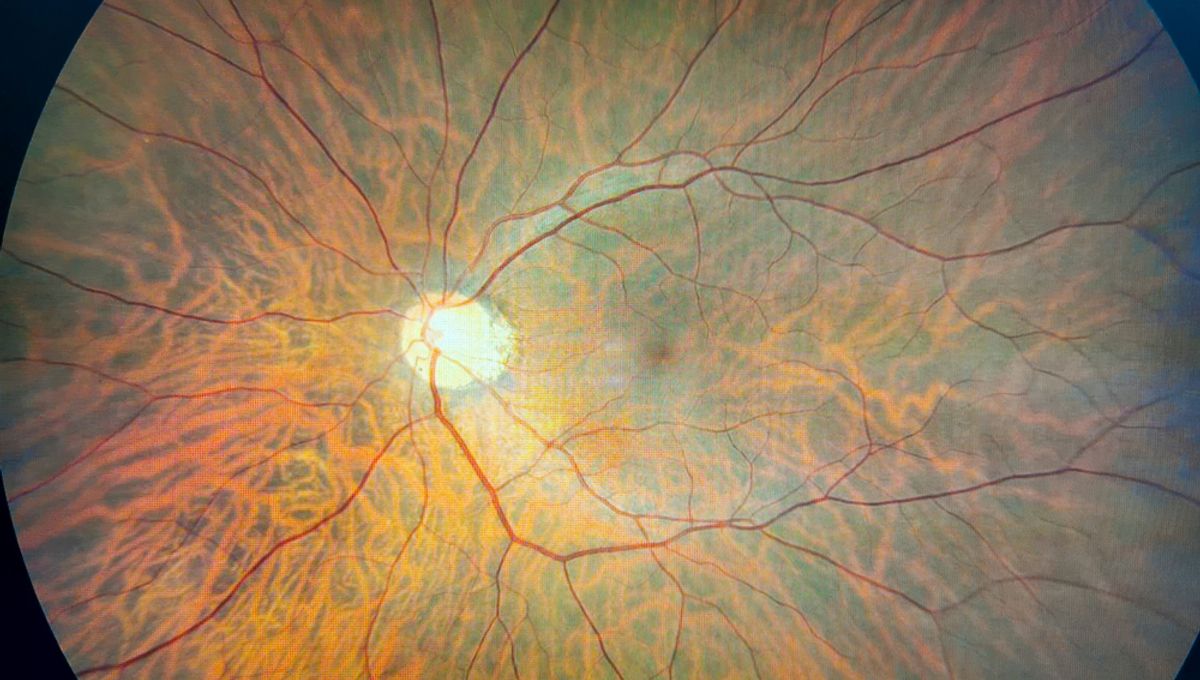
Experimental gene therapy has partly restored the function of the retina’s cone receptors in two children who were born totally colorblind, according to a new study reported in the journal Brain.
Not only have the two patients reported “changes” to their vision, but brain imaging also showed that the researchers were able to reawaken dormant neural circuits and evoke visual signals that had never been experienced by these young people.
The breakthrough comes from two trials testing gene therapies targeting specific genes known to be linked to achromatopsia, a genetic condition also known as total color blindness.
This disease is caused by variants of the genes related to cone cells, one of the two types of photoreceptors within our eye’s retina that are responsible for color vision. Along with not being able to perceive any color, people with achromatopsia also experience generally poor vision and find bright light uncomfortable.
While previously gene therapies for color blindness have shown hope, there has been some uncertainty about whether dormant cone-signaling pathways in the brain and visual system of people with achromatopsia can be reawakened after years of deprivation.
The answer is yes, according to this new study – providing huge hope for this potentially life-changing gene therapy.
“Our study is the first to directly confirm widespread speculation that gene therapy offered to children and adolescents can successfully activate the dormant cone photoreceptor pathways and evoke visual signals never previously experienced by these patients,” Dr Tessa Dekker, lead study author from UCL Institute of Ophthalmology, said in a statement sent to IFLScience.
In the new study, UCL researchers used fMRI brain scans to study four children who had received the gene therapy, then compared them to nine untreated patients and 28 volunteers with normal vision.
In two of the four treated children, the imaging showed strong evidence for cone-mediated signals in the brain’s visual cortex coming from the treated eye. Prior to the treatment, there was no evidence of cone function, but now the pair showed neural activity that closely resembled those of the normal-sighted people.
The team says this feat may only be possible in young people due to the plasticity of their brain and its remarkable ability to adapt.
“We are demonstrating the potential of leveraging the plasticity of our brains, which may be particularly able to adapt to treatment effects when people are young,” added Dr Dekker.
The question now is: has the therapy actually gifted the children with color vision? The researchers asked the two patients to complete a psychophysical test of cone function, which showed notable changes in the way the children perceived different levels of contrast.
One of the patients commented: “Seeing changes to my vision has been very exciting, so I’m keen to see if there are any more changes and where this treatment as a whole might lead in the future.”
The researchers are keen to back up their findings with further research, but it’s currently looking pretty promising.
“We are still analyzing the results from our two clinical trials, to see whether this gene therapy can effectively improve everyday vision for people with achromatopsia,” said Dr Michel Michaelides, co-lead author from the UCL Institute of Ophthalmology and Moorfields Eye Hospital.
“We hope that with positive results, and with further clinical trials, we could greatly improve the sight of people with inherited retinal diseases.”
Source Link: Gene Therapy Partly Restores Cone Receptors In Eyes Of Children Born Color Blind